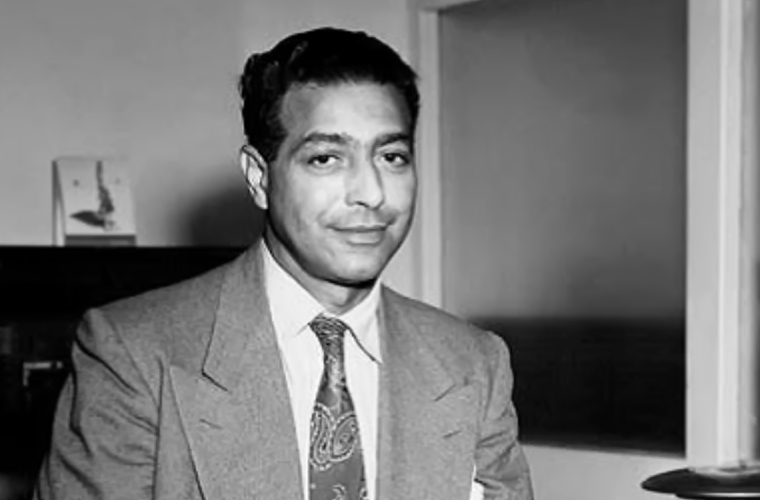The field of neurosurgery in America has been significantly shaped by the groundbreaking contributions of Dr. Clarence Sumner Greene, who made history as the first Black neurosurgeon in the country. His remarkable journey, marked by perseverance, excellence, and innovation, has left an indelible impact on the medical community and serves as an inspiration for future generations of healthcare professionals.
Dr. Greene’s path to becoming a trailblazing neurosurgeon began with his initial foray into the field of dentistry. Graduating from the University of Pennsylvania in 1926 with a doctorate in dental surgery, he embarked on a career as a dental practitioner. However, driven by a deep-seated passion for advancing medical knowledge and patient care, Dr. Greene made the pivotal decision to return to education to pursue his calling in neurosurgery.
After completing a year of dental work, Dr. Greene’s unwavering determination led him to enroll at the Howard University College of Medicine, where he delved into the intricacies of neurological medicine. His dedication and scholarly acumen propelled him to excel academically, graduating in 1932 within the top ten percentile of his graduating class. This early display of academic prowess foreshadowed the remarkable achievements that would characterize his future career in neurosurgery. Following his academic success, Dr. Greene’s professional journey led him to Howard University, where he was appointed as a professor. It was during this tenure that he embarked on a transformative chapter in the field of neurosurgery. Seeking to further hone his expertise, Dr. Greene undertook a pivotal residency at the esteemed Montreal Neurological Institute, where he immersed himself in advanced training and clinical practice.
Upon returning to Howard University, Dr. Greene wasted no time in making history. He performed the first craniotomies for intracranial aneurysms, demonstrating surgical proficiency and a pioneering spirit that would redefine the landscape of neurosurgical interventions. Furthermore, his innovative mindset led him to develop and implement surgical protocols specifically tailored for stroke interventions, laying the groundwork for improved patient outcomes and setting a new standard of care in neurosurgery.
Dr. Clarence Sumner Greene’s legacy extends far beyond his achievements; it encompasses a legacy of representation, empowerment, and progress within the medical community. As the first Black neurosurgeon in America, Dr. Greene shattered barriers and paved the way for future generations of Black healthcare professionals to pursue careers in neurosurgery and beyond. His unwavering commitment to excellence and patient-centric care serves as a guiding beacon for aspiring neurosurgeons, emphasizing the importance of compassion, innovation, and continuous learning in the pursuit of medical advancement. Dr. Greene’s pioneering spirit continues to resonate within the field of neurosurgery, inspiring inclusivity, diversity, and equitable opportunities for all aspiring medical professionals.
In conclusion, Dr. Clarence Sumner Greene stands as an exemplar of resilience, achievement, and transformative impact within the realm of neurosurgery. His groundbreaking contributions have not only redefined the standards of surgical practice but have also catalyzed a paradigm shift in the representation and diversity of healthcare leadership. As we reflect on his enduring legacy, we are reminded of the profound influence that one individual can wield in shaping the trajectory of an entire field, leaving an indelible mark that transcends generations.

